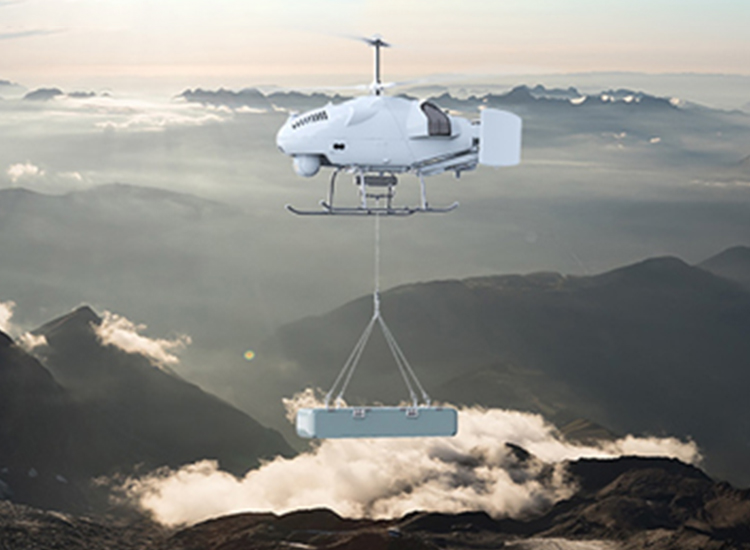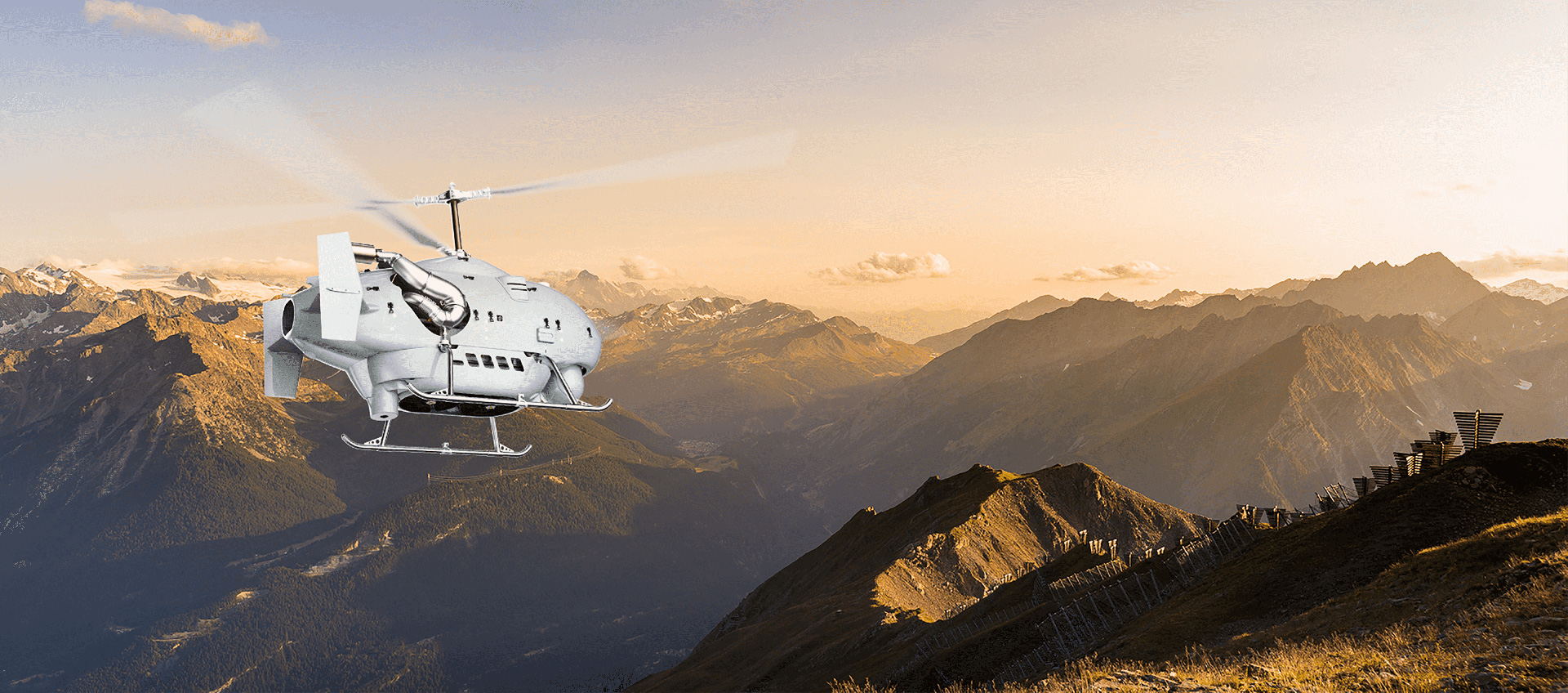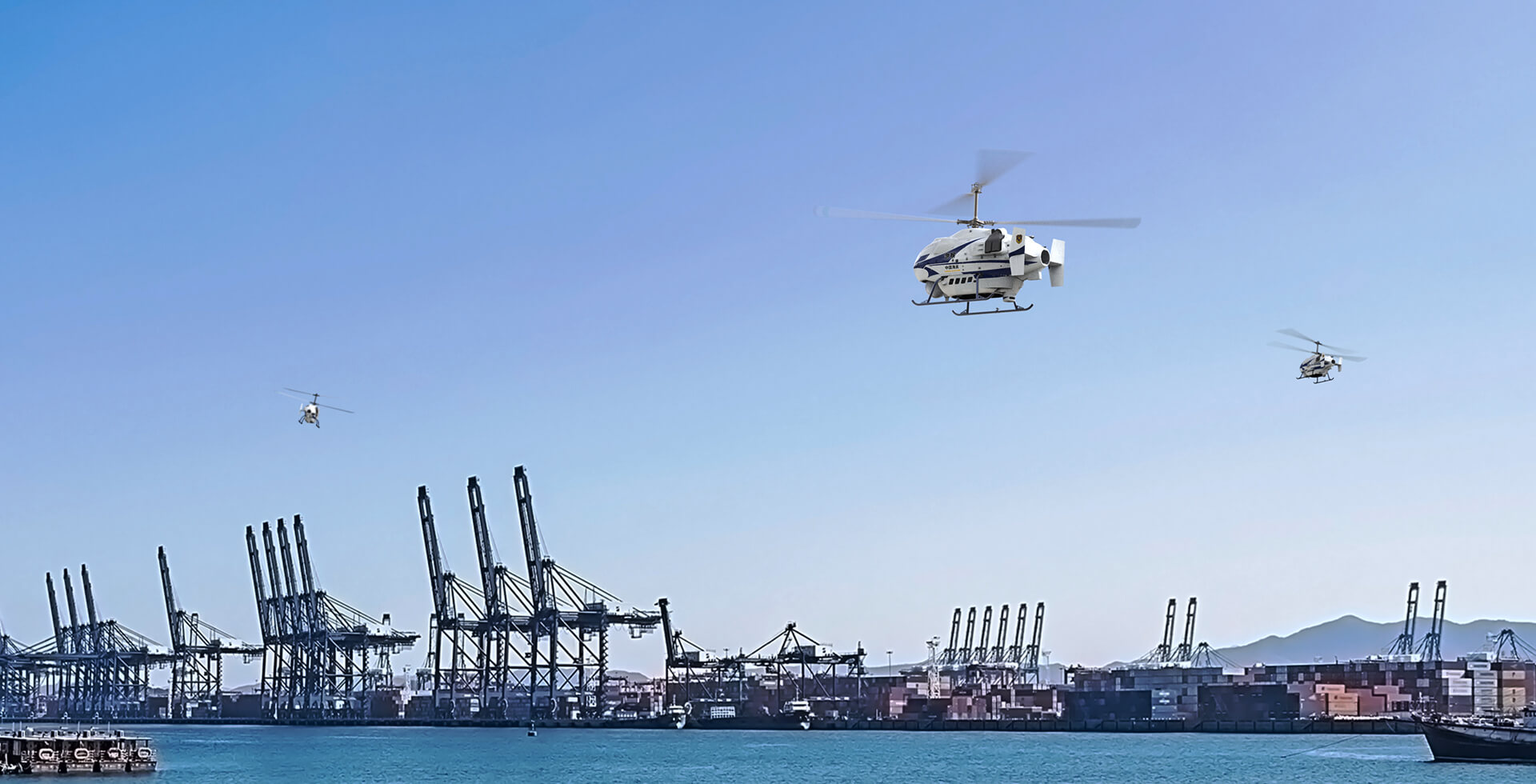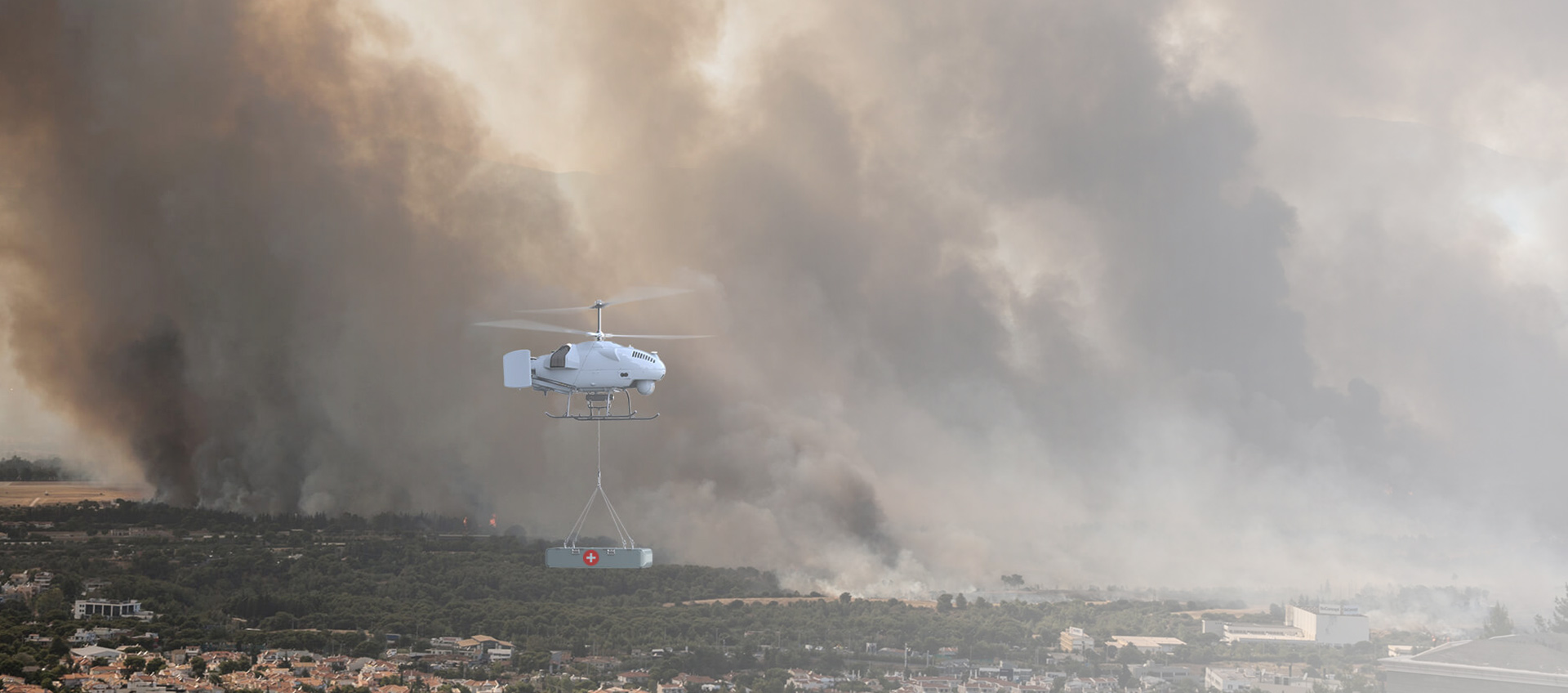-
Product Center
- Lanying R6000 Tiltrotor Aircraft
- Leiying Q20 Quadrotor Flight Platform
- T1200 Large Unmanned Helicopter
- TD550 Coaxial Unmanned Helicopter
- Q100 Agricultural UAV
- TD220 Coaxial Unmanned Helicopter
- TD5 Coaxial Unmanned Helicopter
- Design Techniques for Modification from Manned Helicopter to Unmanned Helicopter
- TA-Q12 Multi-Rotor UAV
- TA-Q3 Pipeline Patrol Mini UAV
- TA-Q4 Warehouse Patrol Mini UAV
- TA-Q5 Tunnel Patrol UAV
- Unmanned Helicopter Integrated Tester
- 28V Actuator Servo Driver
- Dual-Redundancy Electric Servo Actuator(Rotary Actuator)
- Dual-Redundancy Electric Servo Actuator(Linear Actuator)
- Smart Actuator
- 270V Dual-Redundancy Actuator Servo System
- Dual-Redundancy Servo Controller
- Multiple Redundant Flight Control Computer
/
- Solutions /
- Service and Support /
-
News Center
News Center
/
- About ZhongHangZhi /


- CN
- EN


- Product Center
-
UAV Products


- Lanying R6000 Tiltrotor Aircraft
- Leiying Q20 Quadrotor Flight Platform
- T1200 Large Unmanned Helicopter
- TD550 Coaxial Unmanned Helicopter
- Q100 Agricultural UAV
- TD220 Coaxial Unmanned Helicopter
- TD5 Coaxial Unmanned Helicopter
- Design Techniques for Modification from Manned Helicopter to Unmanned Helicopter
- TA-Q12 Multi-Rotor UAV
- TA-Q3 Pipeline Patrol Mini UAV
- TA-Q4 Warehouse Patrol Mini UAV
- TA-Q5 Tunnel Patrol UAV
-
Ground Equipment


- Integrated Logging Truck
- Unmanned Equipment Simulation Training System
- Ground Support Power Supply
- Life Support Shelter
- Vehicle-Borne/Ground Control Station
-
Airborne Equipment


- Unmanned Helicopter Integrated Tester
- 28V Actuator Servo Driver
- Dual-Redundancy Electric Servo Actuator(Rotary Actuator)
- Dual-Redundancy Electric Servo Actuator(Linear Actuator)
- Smart Actuator
- 270V Dual-Redundancy Actuator Servo System
- Dual-Redundancy Servo Controller
- Multiple Redundant Flight Control Computer
-
Rotor Blades


-
Composite Products


-
UAV Products
- Solutions
- Service and Support
- News Center
- About ZhongHangZhi






























